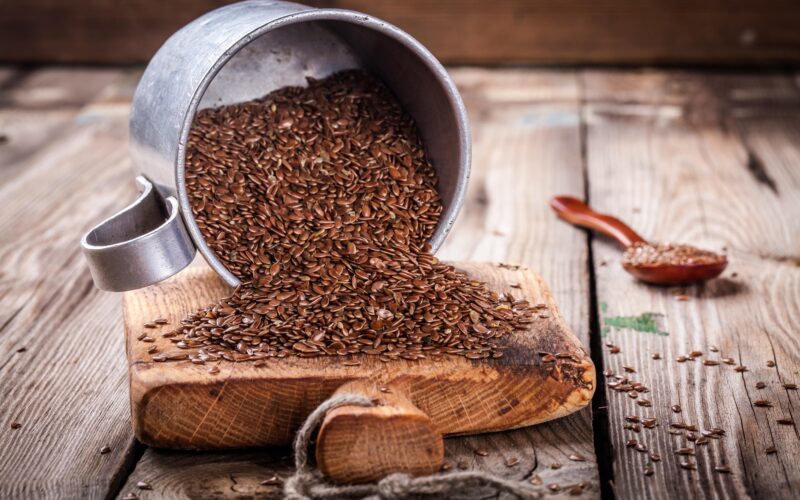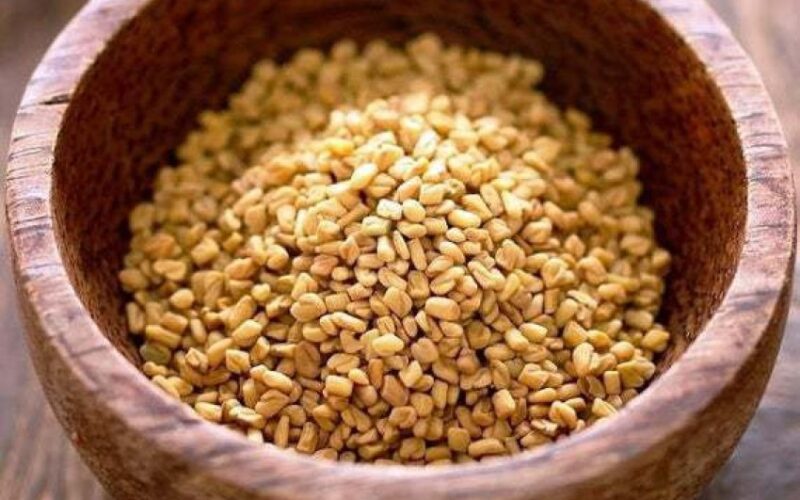Horse Chestnut
Name: Common Name: Horse Chestnut Scientific Name: Aesculus hippocastanum Description: The Horse Chestnut tree, recognized for its impressive height of up to 25 meters, is notable for its broad, palmate leaves and clusters of white flowers with red spots. It produces a distinctive spiky capsule containing brown, glossy seeds known as conkers. Origin and Distribution: Native to the Balkans in Southeast Europe, Horse Chestnut trees are now widespread across the temperate regions of Europe and North America, used predominantly for ornamental purposes. Cultivation and Care: Thriving in deep, fertile, well-drained soil, these trees prefer full sunlight to partial shade.…







